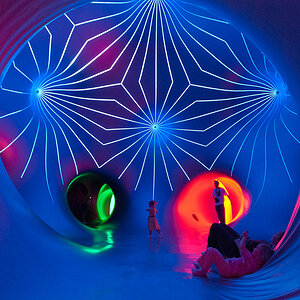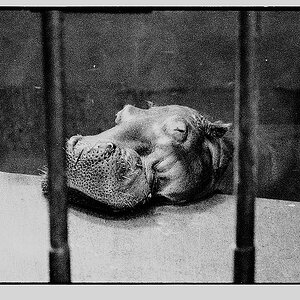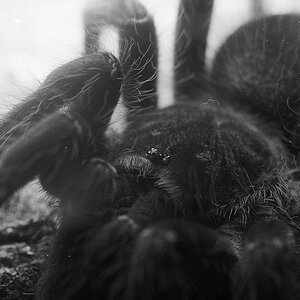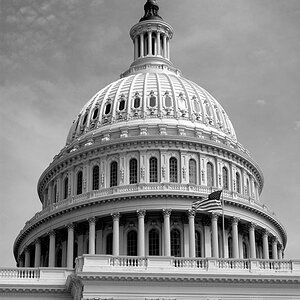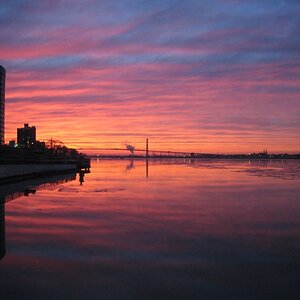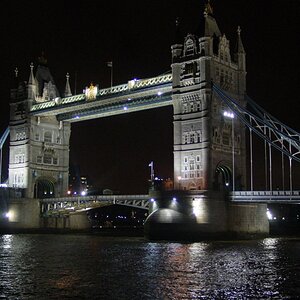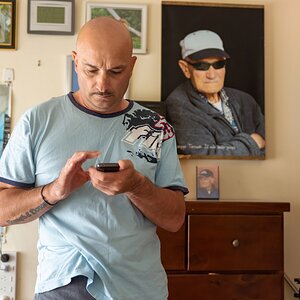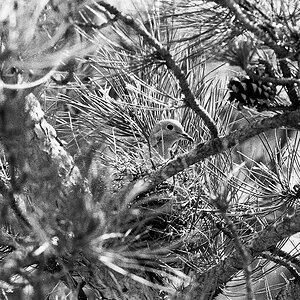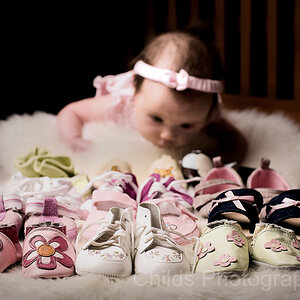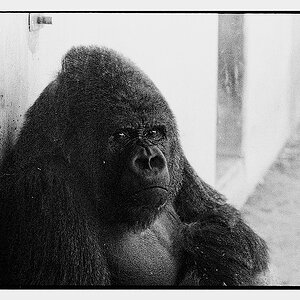jstuedle
No longer a newbie, moving up!
- Joined
- Jun 30, 2005
- Messages
- 4,889
- Reaction score
- 15
- Location
- S.E. Indiana
- Website
- www.picture-daddy.com
- Can others edit my Photos
- Photos NOT OK to edit
I hope to be in our studio by early/mid fall. I am in need of backdrops, muslins, scenes, etc. I ran across a machine at:
http://virtualbackgrounds.net/home.html
This machine projects a 4cmX4cm super slide with a background scene onto a screen at the same center axis as your camera lens. In theory it should work, but I am skeptical. It seems some of the background image would have to be captured on the subject. Lighting would also seem to be a problem, strobes would need to be backed way of so as to not washout the projection screen. This would be a sacrifice of DOF or shooting at higher ISO than is customary in the studio. I searched the forum and found a passing reference to the system, but no first hand user reports. Anyone out there use this thing, and if so is it worth spending a chuck of change on? I am sure this system don't come cheap. I have requested more info from the company, but want some pro perspective as well. TIA guys (& gals )
)
http://virtualbackgrounds.net/home.html
This machine projects a 4cmX4cm super slide with a background scene onto a screen at the same center axis as your camera lens. In theory it should work, but I am skeptical. It seems some of the background image would have to be captured on the subject. Lighting would also seem to be a problem, strobes would need to be backed way of so as to not washout the projection screen. This would be a sacrifice of DOF or shooting at higher ISO than is customary in the studio. I searched the forum and found a passing reference to the system, but no first hand user reports. Anyone out there use this thing, and if so is it worth spending a chuck of change on? I am sure this system don't come cheap. I have requested more info from the company, but want some pro perspective as well. TIA guys (& gals


 I hear ya...I've got plenty of ideas & not much money...but at least you have the space to start with.
I hear ya...I've got plenty of ideas & not much money...but at least you have the space to start with.